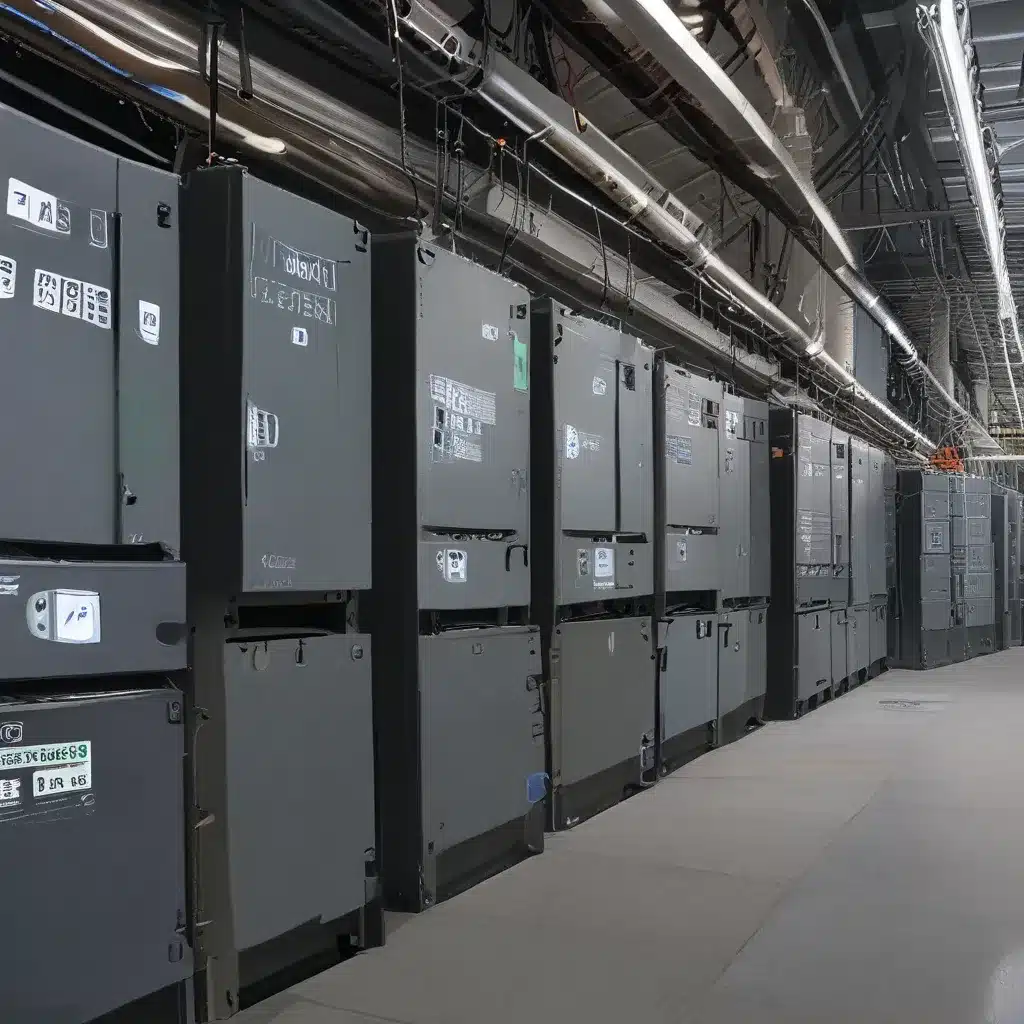
Ah, the ever-changing world of energy! It’s like a never-ending dance, with utility companies leading the charge and solar energy enthusiasts trying their best to keep up. But you know what they say, “The one who dances best is the one who adapts the quickest.” And boy, have we got a story for you today.
Navigating the Shifting Landscape of Utility Rates
Cast your mind back to the good old days when electricity rates were as predictable as the sunrise. Those were the times when you could set your watch by your monthly utility bill – no surprises, no hidden fees, just good ol’ reliable power. But alas, those days are long gone.
Today, utility companies are embracing a whole new world of pricing structures, and let me tell you, it’s enough to make your head spin. From time-of-use (TOU) rates to demand charges and everything in between, it’s like they’re playing a game of “guess the electricity price” with us unsuspecting consumers.
Now, I know what you’re thinking, “But wait, what’s the big deal? Isn’t this just a way for the utility companies to keep up with the times?” Well, my friends, that’s where the value of battery storage comes into play.
Unlocking the Power of Battery Storage
Imagine a world where you could outsmart the utility companies at their own game. A world where you could store up all that glorious solar energy during the day and then unleash it when the rates are at their highest. Sounds like a pretty sweet deal, right?
Well, that’s exactly what battery storage can do for you. By strategically storing energy when it’s cheap and using it when it’s expensive, you can effectively shave off those pesky peak demand charges and reduce your overall energy costs.
But it’s not just about the money, oh no. Battery storage also provides an extra layer of resilience against those dreaded power outages. Remember that time the grid went down for three days straight, and you were left in the dark? With a battery system, you can kiss those blackouts goodbye and keep the lights on, the fridge running, and the Netflix binging uninterrupted.
The Numbers Behind the Savings
Now, I know what you’re thinking, “Alright, this all sounds great, but what’s the catch?” Well, let’s dive into the numbers and see just how much battery storage can save you.
According to the National Renewable Energy Laboratory (NREL), the average cost of a residential battery storage system in the United States is around $12,000. But don’t let that number scare you off – with the right utility rate structure and usage patterns, you can see a return on your investment in as little as 5 to 10 years.
And the savings don’t stop there. The California Public Utilities Commission recently found that battery storage can provide up to $5,000 in annual savings for residential customers, and that’s just the tip of the iceberg.
But wait, there’s more! The Inflation Reduction Act (IRA) has also provided some serious incentives for homeowners and businesses to invest in battery storage. According to the NREL, the IRA’s manufacturing tax credits for clean energy components could significantly reduce the cost of battery storage systems, making them even more attractive to consumers.
Maximizing the Value of Battery Storage
Now, I know what you’re thinking, “Okay, this all sounds great, but how do I actually make the most of my battery storage system?” Well, let me tell you, it’s all about that sweet, sweet energy management.
The key is to constantly monitor your energy usage patterns and utility rate structures, and then optimize your battery storage system to take advantage of the best rates. This might mean charging up during the day when solar production is high and electricity rates are low, and then discharging during the evening when rates are at their peak.
And let’s not forget about those pesky demand charges. By strategically using your battery storage system to shave off those high-demand spikes, you can save a bundle on your monthly utility bill. It’s like playing a game of energy arbitrage, and you’re the one holding all the winning cards.
But it’s not just about the money, my friends. Battery storage can also provide a sense of energy independence and security. Imagine being the envy of your neighborhood during the next power outage, with your lights blazing and your fridge humming while everyone else is left in the dark. It’s like having your own personal energy insurance policy.
The Future of Energy: A Brighter, More Resilient Tomorrow
As the energy landscape continues to evolve, one thing is clear: battery storage is going to play a pivotal role in shaping the future of our power grid. By harnessing the power of the sun and the versatility of battery technology, we can create a more sustainable, resilient, and cost-effective energy future for all.
So, if you’re looking to take control of your energy destiny and join the ranks of the solar energy elite, I encourage you to explore the world of battery storage. Head on over to Solar A Systems Inc. and let’s get started on your journey to energy independence. Trust me, your utility company will be begging for mercy before you know it.


